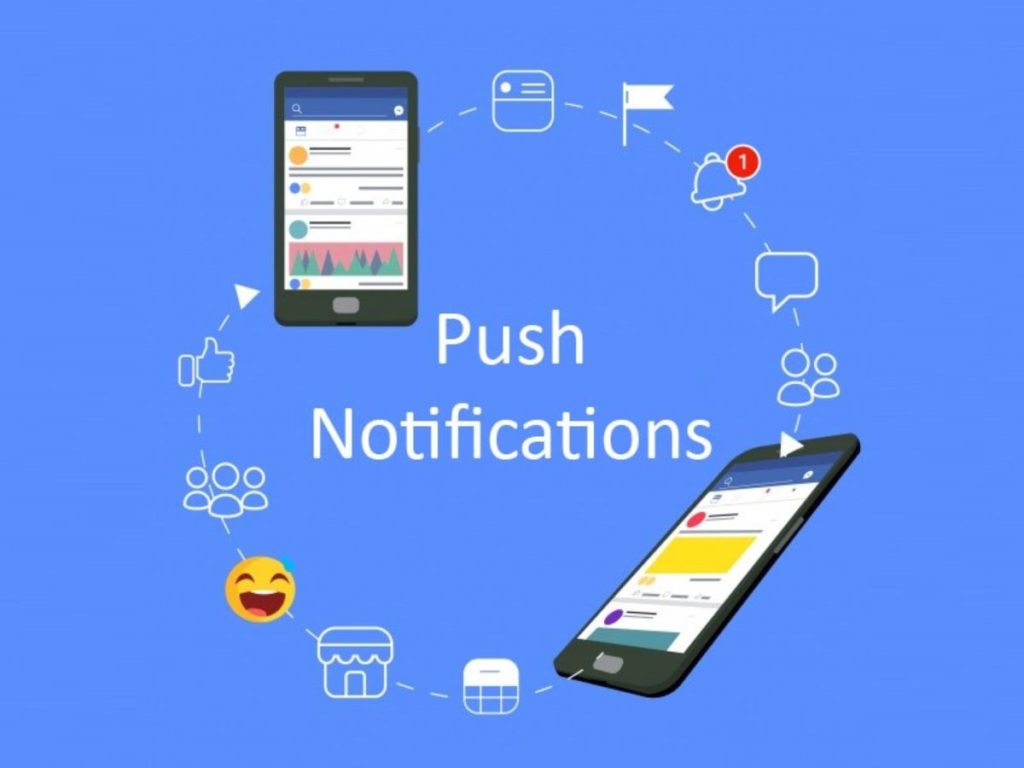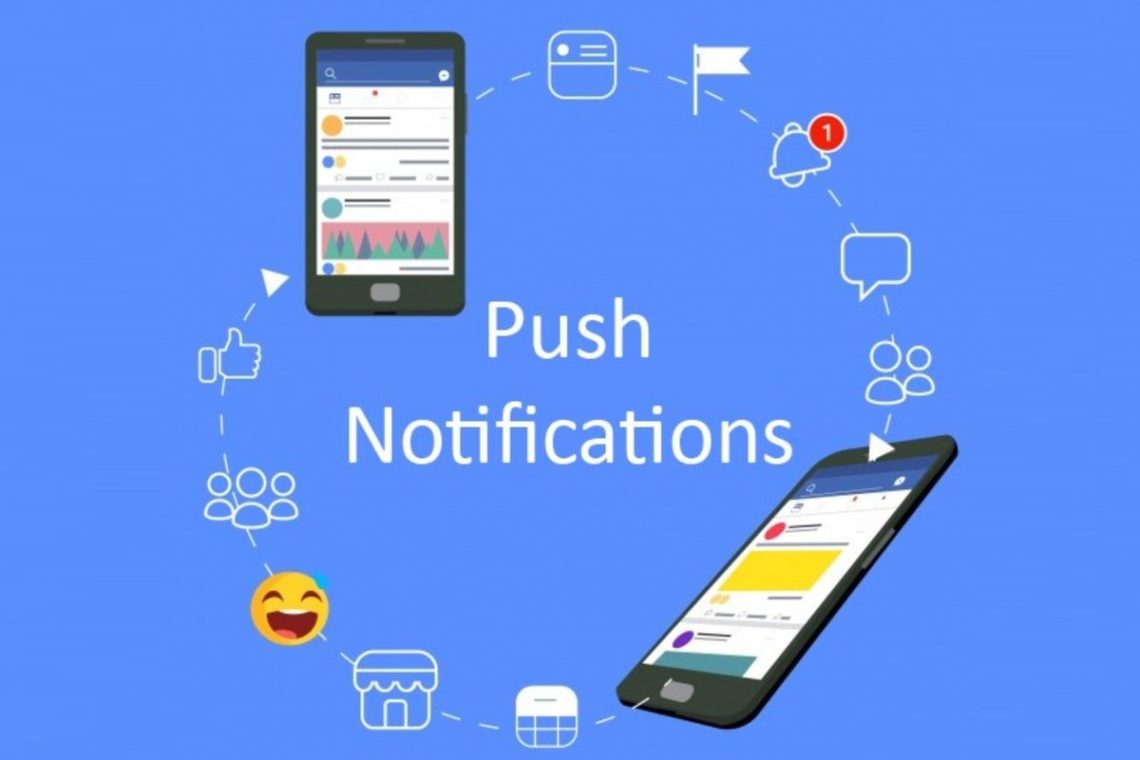
Push notifications are a type of proactive messaging system that allows businesses to send out messages to the user’s devices. These messages can appear on their phones, tablets, desktops or even wearables like smart watches. They have been around for many years now, but are becoming increasingly popular thanks to their ability to provide an instant connection between business and customer.
So, what is a push notification system and how does it work?
A push notification system is essentially a server-side technology that uses the web browser or mobile operating system API to send messages from the web server to a user’s device. The message is then presented as a pop-up, often including an alert sound or vibration depending on the device settings.
These push notifications can be used for anything from news updates or promotional offers, to offering personalised next steps for products or services that users may be interested in. Push notifications can also help businesses encourage user engagement by allowing them to reach out directly.
When setting up a push notification system, the first thing businesses need to do is choose an appropriate delivery method. This could include SMS, which has traditionally been the most popular choice; however many companies are now adopting more modern methods such as Google Cloud Messaging (GCM), Apple Push Notification Service (APNS) and Amazon Device Messaging (ADM). Each of these systems offers unique features and benefits and should be considered accordingly when setting up your push notification system.
The other main component businesses need to consider is the content of their notifications. This will vary depending on what they’re hoping users will gain from receiving notifications, but could include anything from interesting content such as articles or quizzes through to more sales-driven content like coupons and discounts. Whatever type of content you choose to use in your push notifications needs to be engaging enough so that users actually click through and read it!
Finally, setup requires some configuration of the service provider’s API either via SDKs for mobile applications or APIs for web applicationss so that it can integrate with other systems within your business. This will also allow you complete control over when your messages get sent out and who receives them – two important considerations when using any kind of messaging system!
To summarise then – Push Notification Systems are an effective way for businesses to connect with their customers in real time; they offer direct access which increases engagement; they are highly customisable but need careful configuration; and they require strong content if users are going to respond positively!
